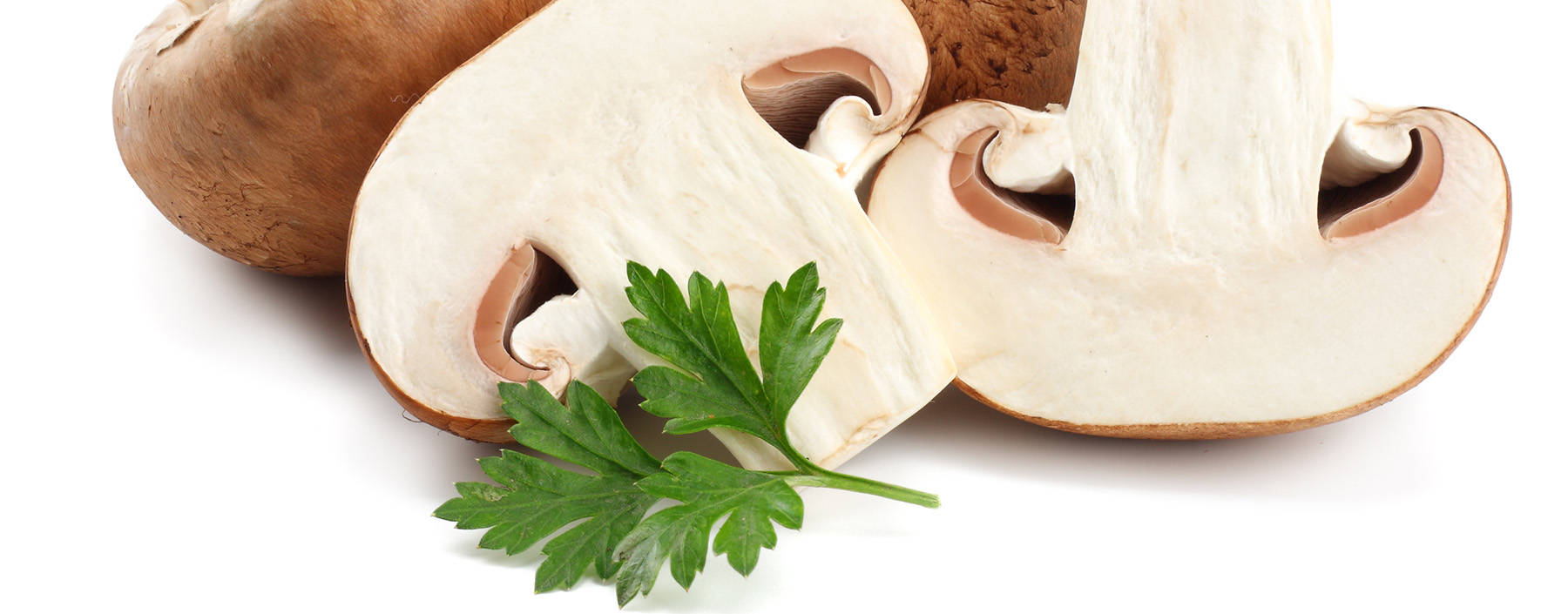Fungi are the second largest group of eukaryotic organisms on Earth, with about 3 million predicted species. Compared with plants and animals, fungi have simple body structures, often with morphologically and ecologically obscure structures. They include mushrooms, toxin-producing fungi, molds, mildew, and yeasts. Accurately and precisely distinguishing mushrooms from other fungi is challenging. If you know the scientific or common name, you can get detailed information on fungal species simply by going straight to the site search. But if you have a fungus you don't recognize, detective work will be necessary, and it can be fun, too. The scientists developed a conceptual framework for identifying fungi that encourages an integrated taxonomy to define species, combining genealogy, phenotype, and reproductive biology.
 Fig. 1. The diversity of Fungi and fungal-like organisms is staggering, with between 2.2 to 3.8 million species predicted. (Lücking R, et al., 2020)
Fig. 1. The diversity of Fungi and fungal-like organisms is staggering, with between 2.2 to 3.8 million species predicted. (Lücking R, et al., 2020)
Services
Whether it's phenotypic or molecular features, Lifeasible provides customized services to help you distinguish mushrooms and other fungi confidently.
- Observation
The first step in identifying mushrooms is careful observation, including shape, size, color, environment, and other senses. We start by focusing on large, brightly colored, easily identifiable, common mushrooms that can be identified directly without microscopic examination.
- Identification of Diagnostic Features of Mushrooms
We examine the cap, gill, and stem characteristics using a high-powered microscope in combination with chemical tests, in some cases, chemical tests are also required. Diagnostic features used to identify mushrooms include:
- Cap and stem size, color, and shape.
- Whether there are holes, gills, or teeth on the bottom surface of the cap.
- The presence or absence of a veil.
- The color of the mushroom and its pulp.
- Whether the flesh has changed color after the injury.
- Identification of Mushroom Spores
Some mushrooms have brightly colored spores. We can check spore imprints on light or dark paper to see spore color as needed and under a microscope to check spore size, shape, and color.
- Molecular Identification of Mushrooms
We offer internal transcribed spacer (ITS) DNA barcodes and secondary DNA barcodes to improve the accuracy and precision of identifying mushrooms and other fungi.
Sample Collection or Photographing
Accurate identification of mushrooms and fungi requires removal from their habitat and careful investigation in the laboratory. Contact our professionals, who will give you advice to collect and preserve specimens. You can also take clear photos and send them to us to help identify them. Please pay attention when taking photos:
- Shoot from above, a 45 degree angle is best. And shoot from the side, as close to the ground as possible so you can see below.
- Get close enough that the frame is full of fungi and the gills, cap, and stipe are visible.
- Take photos with items such as coins to compare sizes or measure height and cap width.
- If possible, take a set of photos including young and mature fruiting bodies to show how the fruiting bodies change with age.
- Some fungi have a shiny surface, and you may need to use a polarizing filter in some lighting.
- Look carefully at what is in the frame, ensuring not to clear the view of the substrate where the fungus is growing.
Identifying mushrooms by emailed photos can be challenging. If you're interested in learning more about correctly identifying mushrooms, don't hesitate to contact us to help you identify mushrooms and fungi and get hands-on experience from an expert. If identified as mushrooms, we provide identification services for mushroom fungal groups to help you further identify different types of mushrooms.
Reference
- Lücking R, et al. (2020) Unambiguous identification of fungi: where do we stand and how accurate and precise is fungal DNA barcoding?[J]. IMA fungus. 11(1): 14.
For research or industrial raw materials, not for personal medical use!


 Fig. 1. The diversity of Fungi and fungal-like organisms is staggering, with between 2.2 to 3.8 million species predicted. (Lücking R, et al., 2020)
Fig. 1. The diversity of Fungi and fungal-like organisms is staggering, with between 2.2 to 3.8 million species predicted. (Lücking R, et al., 2020) 